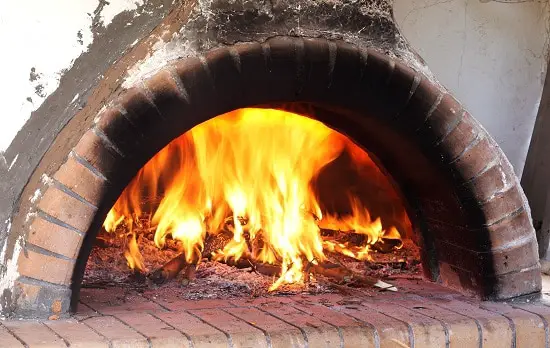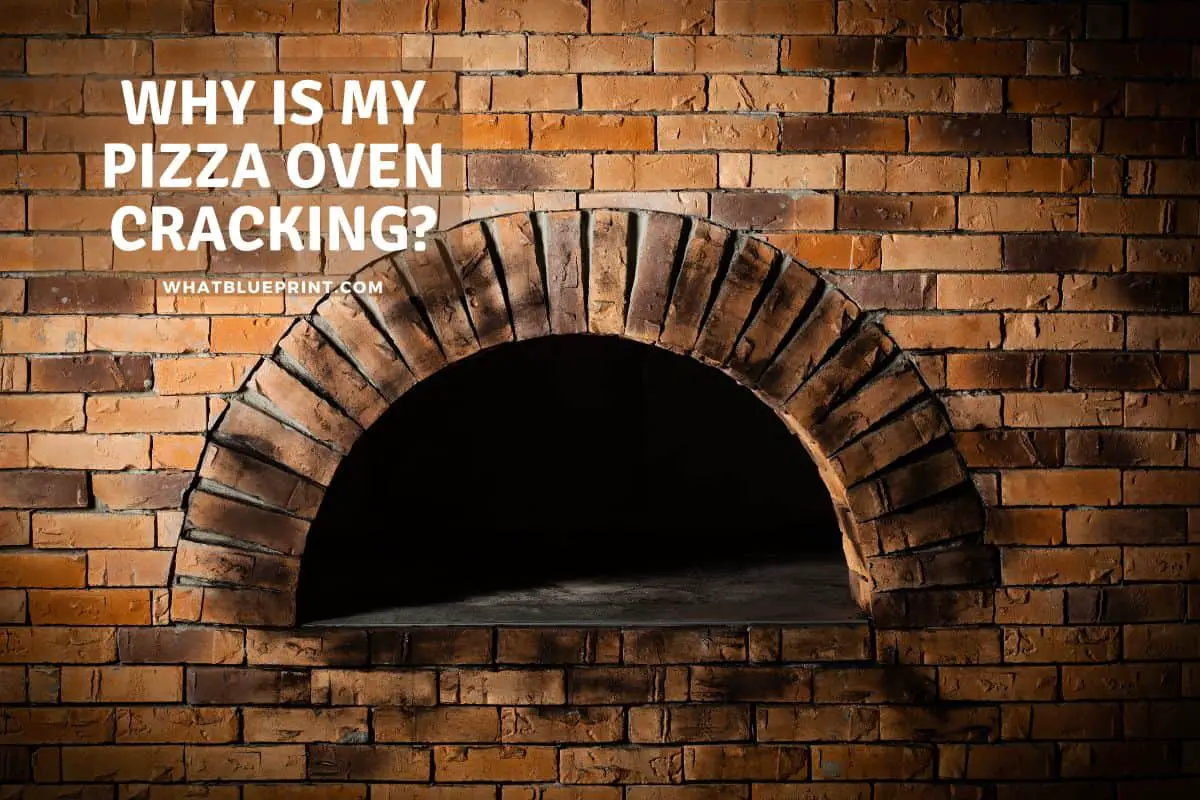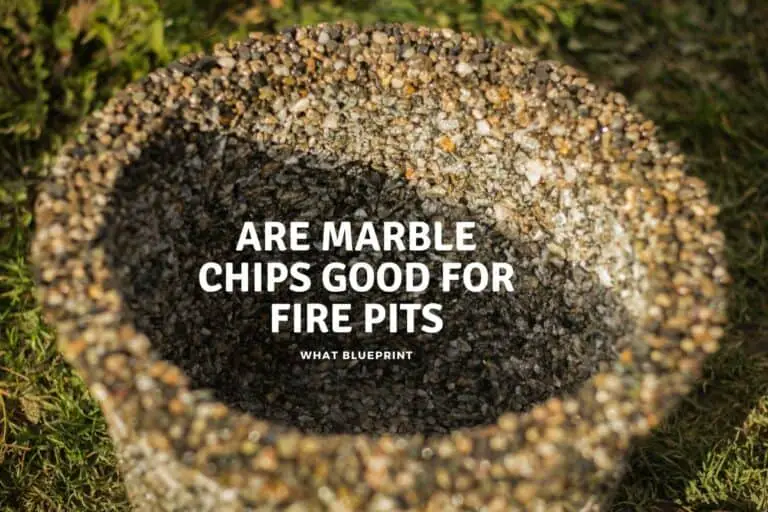Why Is My Pizza Oven Cracking?
A cracked pizza oven might be a problem if you invite guests over to make pizza and find a crack or more in your oven. Some cracks may be more alarming than others. Why is my pizza oven cracking?
A pizza oven cracks because of the moisture used during the dome building. Once you start using the pizza oven, the moisture escapes and leaves little hairline cracking. Hairline cracks are no concern, but cracks that are more significant than 0.07 inches are problematic and have to be closed up.
You will have to cure a newly built oven to minimize any cracks and ensure that the cracks don’t expand too quickly. There are a few reasons why the cracks are more in some ovens than others and ways you can keep them to a minimum.

Why Do Cracks Form In My Pizza Dome?
Usually, hairline cracks are no problem, and you will have to settle with the idea that your dome will never be crack-free.
When building a pizza oven, whether you do it yourself, get someone to do it for you, or buy a complete one, you must know which material the manufacturer used to build the oven. The material is essential because each type needs different treatments.
Cracking During The Curing Of A Pizza Oven
Curing is a delicate, time-consuming part of preparing the oven to make delicious pizzas. The key to curing is patience and consistency.
Curing is the process you follow to get your oven ready to take heat up to 800 degrees F. You can imagine jumping in and heating your oven to such high degrees is bound to cause problems.
The first step in curing your newly built oven is to let it dry completely. The drying process might take up to three weeks. Then you will have to take another week or two to warm up the oven.
Light a few coals and place them in the oven. Do this for a few days; then, you can make a small fire for a few days. Next, you can add a slight temperature increase each day until the inside of your dome turns black, or your thermometer tells you your oven is 550 degrees F.
The curing process will also help you identify if the insulation of your oven is on par with keeping the heat inside the dome.
During this heating process, the oven, which usually has water in the mix when building it, causes the moisture in the mold to vaporize, leading to small cracks forming. These hairline cracks might expand during intense heat and contract when cooled off. This mechanism works well, and you don’t have to doubt your cracked pizza oven’s ability to make delicious pizzas.
As you cure your pizza oven, look for new cracks forming. Do not add extra heat if you see a crack or two that wasn’t there before.
The material used to build the pizza oven will lead to different ways and times the curing is necessary.
- Clay pizza oven – needs curing before every use.
- Concrete pizza oven – occasionally cure only when in use a lot
- Metal pizza oven – no curing needed

Cracking Because Of Too Much Heat
The cracking of your pizza oven might be worse if you warm the oven too fast too quickly. Looking at clay ovens, they need curing every time you use them. Starting a small fire for a few hours and slowly increasing the heat will prevent the clay from cracking too much. You can place a lamp inside the oven for 24 hours to heat the inside and keep the temperature constant.
It would help if you reached a temperature of 400 degrees F before you could start the cooking fire. This temperature will have to reach 800 degrees F to prepare a pizza.
Concrete ovens also need curing to get the trapped moisture out and prevent too much cracking. Concrete ovens need a subtle increase until they reach the top heating temperatures. The slow temperature rise is because the temperature in a concrete pizza oven can rise to 1000 degrees F.
No matter which oven you have, too fast an increase in temperature or too fast a drop in temperature will cause more cracks and cracking.
Good Maintenance Equals Fewer Cracks In Pizza Oven
Maintaining a pizza oven like any outdoor oven or kitchen is essential to keep the hairline cracks from becoming more significant or even more extensive. We have some ways to help reduce the chances of a pizza oven cracking.
- Keep your pizza oven clean – a clean pizza oven will last longer and work more sufficiently. Old ash will mess around with your temperatures and might be the reason more cracks form in your clay or concrete.
- Temperature regulating – ovens can reach their temperatures quickly, but the key to the cracks is during temperature fluctuations. Make sure you invest in an infrared thermometer and add one or two logs at a time to your fire to ensure control of the temperatures.
- Quality wood for fires – using high moisture wood will cause a lot of smoke. The smoke won’t only destroy your pizza flavors but accumulate soot in your oven. These, in turn, can cause cracks when not cleaned thoroughly.
- Weather – unfortunately, the weather is not suitable for pizza making all year round. During the months you are not using your oven, it would be wise to cover it with a custom-made durable cover. A more affordable option would be to cover with any tent cloth or canvas you have to keep your oven safe from the weather and reduce cracking.
If, for some reason, your oven face cracks, you can use high-heat silicone to cover it. Remember that the cracks open when hot, and close again when cooled down.
Some can’t bear the look of cracking covering their oven. The best would be to let it be and know that the cracks tell a story of many social events with great pizza. There are, however, crack repair kits to make it look less used.
We have a selection of Pizza oven articles on the site if you need more information, you can search or check out the links below.
Conclusion
Knowing how to cure your oven will save you most of the cracks. Secondly, knowing how to regulate the heat will also minimize the cracks.
Thirdly, maintaining your oven will keep it from cracking. The bottom line is that a pizza oven will have cracks; it breaths through the cracks, and you don’t have to worry about hairline cracks.
References










